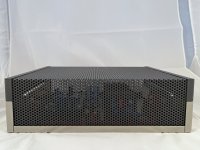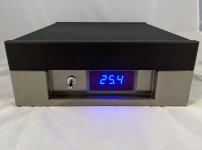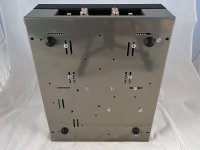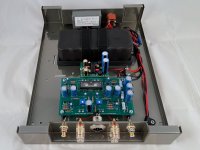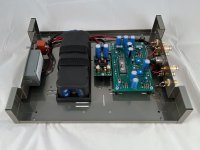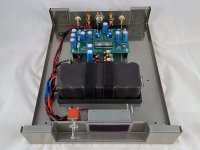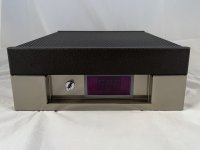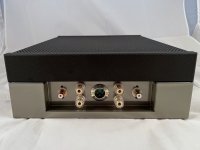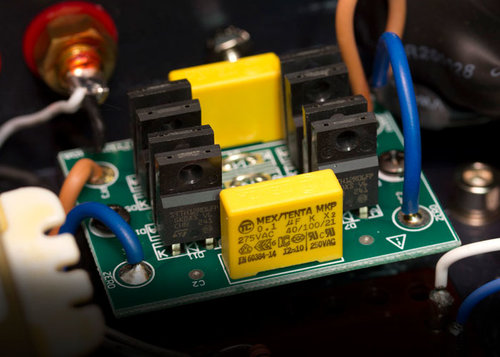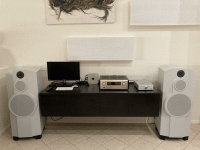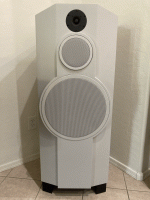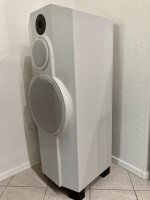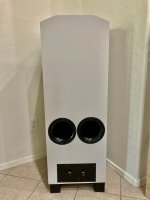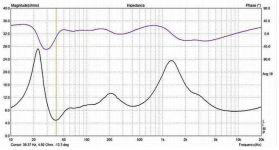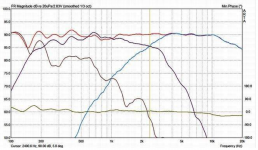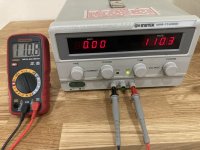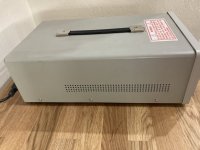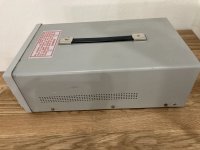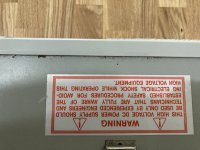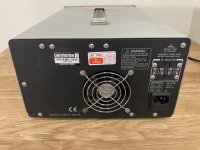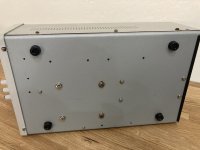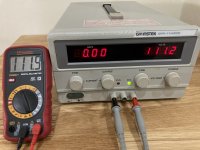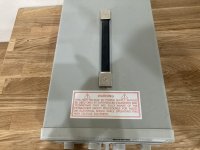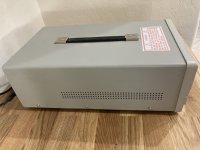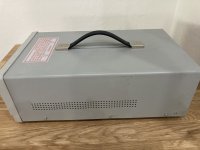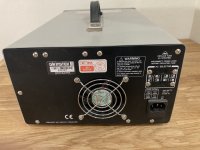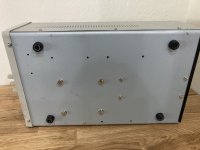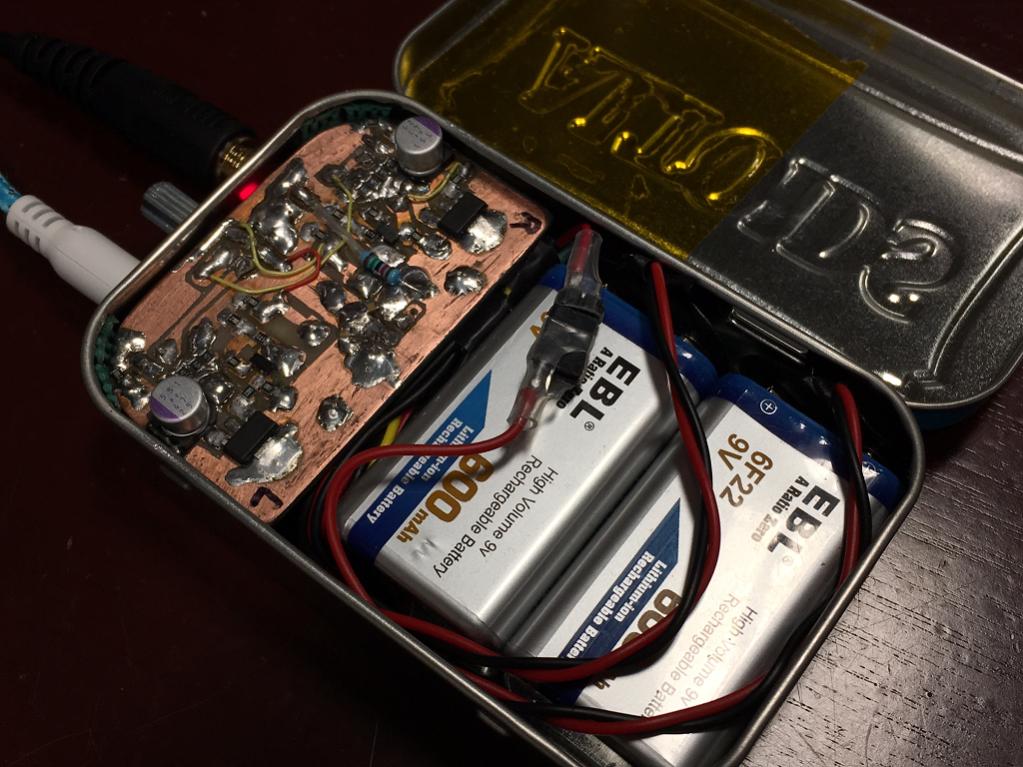(A previous thread from like 2 days speak exactly about the same project but the guy started to add money to his build and now it's too expensive and complicated for me.)
Hello everyone,
I'm trying to build a portable speaker in the idea of the soundboks, because I don't have the money to buy a soundboks 3 (or 2). I need a speaker as loud as possible with the minimum sound quality for listening some electro and mainly some rap.(so no need for extra low frequency's)
**
I'm sorry to say that on an audio fan forum but I promise I will work on some way better speaker with DSP, high quality driver,... after my studies when I will have some money
😀
But now I need to play loud for minimum price to enjoy my youth.
**
Not too heavy but I'm not gonna walk miles with it, just need to be liftable for hundred of meters.
Actually I already have the battery and the knowledge to power the amp, I also have a carpenter dad so no worry for the box itself.
BUT
I have so many questions about audio. I have read so many things on internet and found so many ideas.
My first inspiration was the Russian YouTuber "Pasha Es" that build a pretty decent speaker with minimal price:
-(his video with the final result)
УЛИЧНАЯ ОРАЛКА XPL VS SOUNDBOKS 2 - YouTube
So my idea is to build a similar speaker with two 10'' sub/mid vertically and two tweeter between them (I like symetry), with one vent on each side like the soundboks 3. (But a bit more powerful than him. 50w --> 500w.)
I link a really basic draw of the front face so you don't have to look at the video:
To have a loud volume on a portable system I fast understood that I would need high sensitivity speakers to not drain the battery. So I looked at what he used and the problem is that he used speakers from xpl, an absolute unknown brand of speaker and I really doubt on the specs of these speakers.
The xpl xw10-403 would be able to 105db/w ?? (a 10 inch speaker)
Anyway even if they, in reality, only do like 95-97 db/w (what it seems to be in his video because he measured the db s.) They are cheap and cover the medium frequency.
I added two tweeters also from xpl because they cover the rest of the frequency
and they have high sensitivity (so the speakers will seems loud).
A 2x250w rms amp, a crossover for each output and a little preamp (with built-in bluetooth and an equalizer), from aliexpress. (I don't need stereo but by here I still kind of have it even if vertical speaker is not good xD.)
So here is my actual setup:
-2x 10'' drivers
1 MIDWOOFER XPL XW10-403 XW10 403 altoparlante diffusore medio basso 25,00 cm 250 mm 10" 200 watt rms 400 watt max 4 ohm 105 db auto nero, 1 pezzo : Amazon.it: Elettronica
-2x compression tweet
XPL XTW4631 super tweeter driver 10 x 10 cm 200 watt rms 400 watt max sensibilita 110 db portiere sportelli auto spl bobina da 4,44 cm, 1 pezzo : Amazon.it: Elettronica
-2x 250w rms amp
AIYIMA – amplificateur de puissance TPA3255 300Wx2 classe D, Audio numerique stereo, HiFi 2.0, haut parleur, cinema a la maison, bricolage | AliExpress
-2x crossovers
AIYIMA – haut parleur 400W, reglage croise, 2 voies Audio, Tweeter, filtre de basse, diviseur de frequence pour haut parleur 2 16 Ohm, bricolage, 2 pieces | AliExpress
-pre amp with eq and bt
https://fr.aliexpress.com/item/1005003331330014.html?spm=a2g0o.cart.0.0.4fac3c002k8sVL&mp=1
-and resistors to limit the tweeters if they sound too loud and the eq can't hold them.
So, I know these xpl speakers are sus but they're pretty cheap and loud and I didn't found others like this (with good wattage, good frequencies and sensitivity).
I won't post all of my questions but,
If you have any suggestions for others drivers or even the amp, by remembering I want cheap not good quality. It's just to play on partys for many friends.
Or if I said anything incorrect about audio (I just learned all the three last weeks)
Will this setup work or not at all ?
Will the tweeter be way too loud compared to the mid/bass ?
Should I go for one tweeter and how to wire it with two channel ?
Should I don't even try and wait for a real soundboks ?
🙁
What really disturb me is how the Russian guy get this good result with 50w(rms) on 300w(rms) speakers with just capacitors to not blow his tweeter. ???
I will later ask myself about the box config, the vents,... now just the electronic parts.
btw, if there is someone form Switzerland that is also interested, contact me gladly.
Sorry for my English
🙂)
I hope you would be able to help me,
Have a really good day my future helpers.


